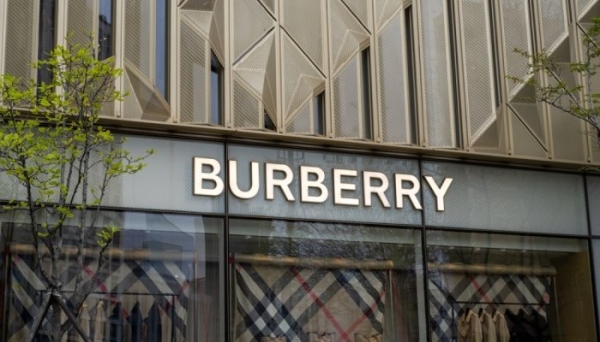
British luxury fashion label Burberry is set to exit London’s FTSE 100 after 15 years at the top-tier index, the stock exchange announced Wednesday, as analysts cited a long history of strategic mistakes and weak demand from China. However, the brand remains attractive to consumers, which could make it vulnerable to a takeover approach.
The relegation will “take effect from the start of trading” on September 23, the exchange’s FTSE Russell subsidiary said in a statement.
Burberry, whose former chief executive hastily departed in July following poor company earnings, and the global luxury sector as a whole have been hit by strains in China’s economy, the world’s second biggest. However, Burberry has also been negatively impacted by its (failed) bet to move even further upmarket.
The exit of Burberry — a 168-year-old label famous for its trench coats and trademark red, camel and black check design — follows a regular reshuffle of the index containing the 100 biggest London-traded companies by market value.
Burberry was the FTSE 100’s worst-performing company over the past year, its share price tumbling about 70 percent — giving it a market capitalisation of £2.3 billion ($3 billion). It will now move to the second-tier FTSE 250 while insurer Hiscox will take its place on the FTSE 100.
Jonathan Akeroyd left as CEO after the group itself described recent performance as “disappointing”. Departing after less than two and a half years at the helm, Akeroyd has been replaced by Joshua Schulman, a former CEO at American fashion brands Michael Kors and Coach.
Risk of takeover?
A quick turnaround of fortunes is unlikely, however, after Burberry chairman Gerry Murphy warned that the company risked an operating loss in its first half. Revenue slid 22 percent to £458 million in Burberry’s first quarter, or three months to the end of June.
Highlighting troubles across the luxury fashion sector, Gucci-owner Kering in April issued a profit warning, citing a weak Chinese economy.
Chinese data at the weekend, showing weakness in its manufacturing sector, resulted in “piling more pressure if it were needed on Burberry”, said Richard Hunter, head of markets at Interactive Investor.
Thomas Burberry founded the brand in 1856. He went on to invent gabardine, the lightweight and water-repellent fabric used in the brand’s trench coats.
Dan Coatsworth, investment analyst at AJ Bell, said that with Burberry’s stock trading at a 14-year low, the company “was vulnerable to a takeover approach”.
He added in a client note: “Any potential bidders would have to see through near-term problems and be confident in the company’s ability to get back on track. The decision to take Burberry more upmarket and then heavily discount products to shift unsold stock was a bad move. While shoppers love a bargain, discounting can tarnish a luxury brand as it is perceived to be less desirable.”
Enduring brand appeal
Chief creative director Daniel Lee, appointed to the coveted role in late 2022, has set out in his collections to emphasise the brand’s British heritage. However, demand for his designs have been impacted by “a lacklustre economic rebound from China post-pandemic, given the country has historically been a rich source of earnings”, Coatsworth said.
“What makes Burberry appealing to a potential buyer is the enduring appeal of its products. There is instant brand association with its chequered patterns.”
This seems to be confirmed by the successful return of Burberry to the perfume sector, with the launch of Burberry Goddess by Coty.
On the cosmetics side, the brand went across several strategic upheavals too. In 2012, Burberry decided to buy back its beauty license, which was then entrusted to Interparfums, to manage it directly. Burberry then changed its mind and entrusted Coty with the development of its perfumes and beauty products. After a successful return to the perfume category, the beauty giant is currently preparing the relaunch of the brand in makeup.




